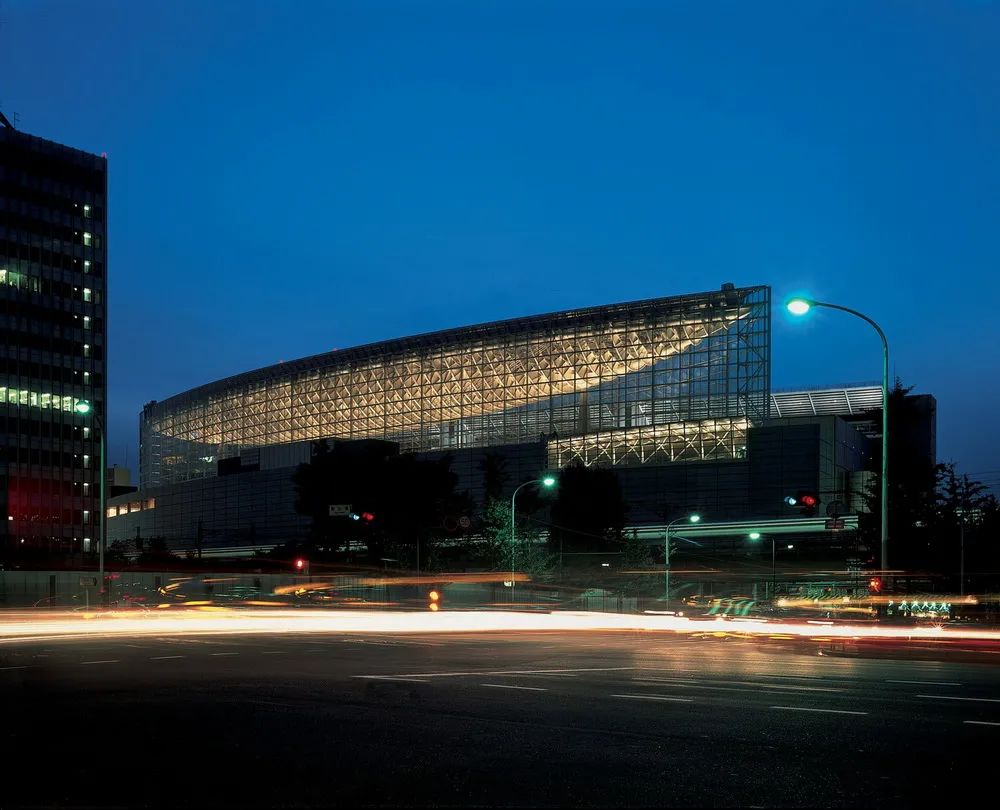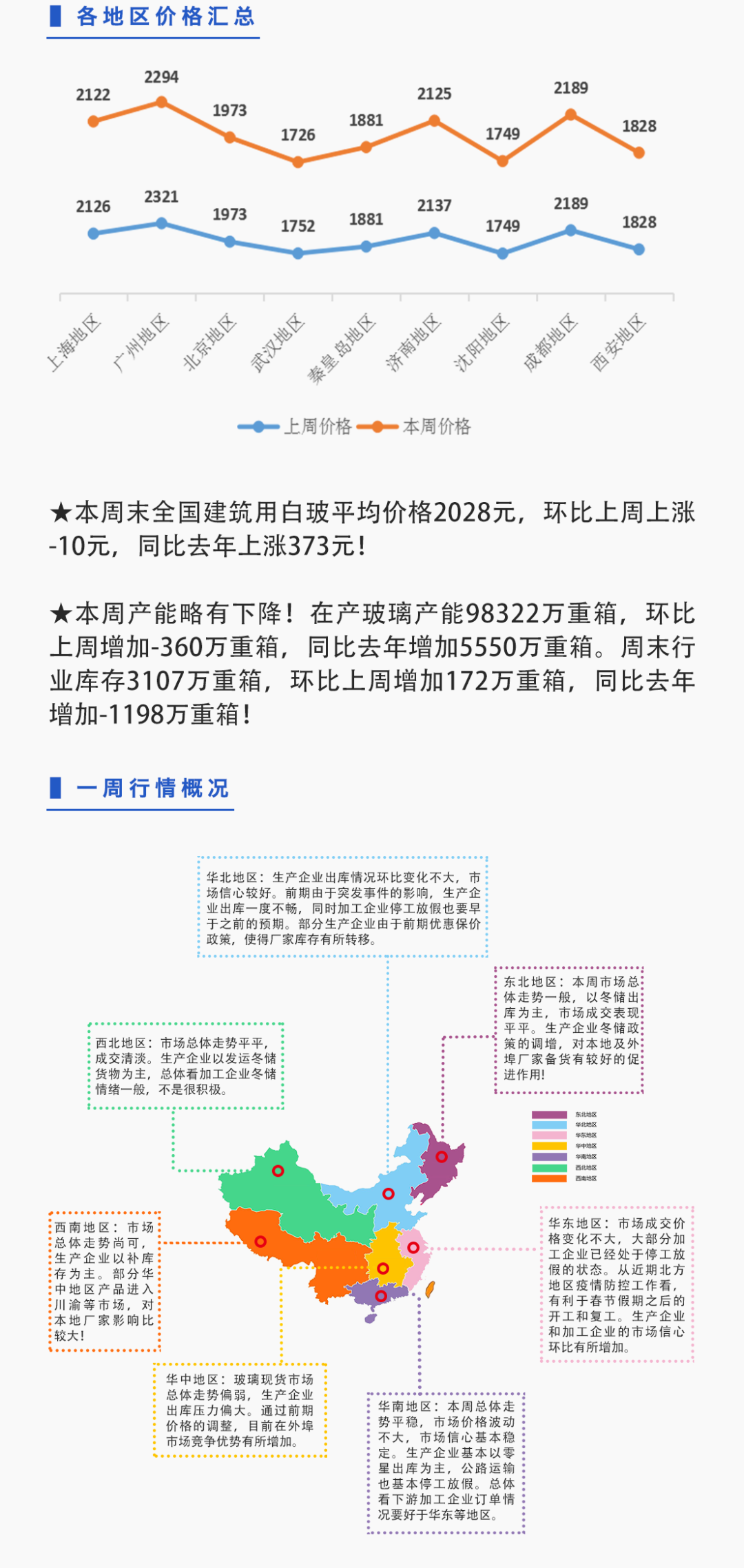The Olympic Games aim to promote human harmony and equality through sports events
. 
For the host country, hosting the Olympic Games is often regarded as a great opportunity to public relations and national image
. 
Japan, which has made great achievements in modern design, has previously demonstrated the logo design, logo design and anthropomorphic design of the Olympic Games to the global melon eating people
. 
The school of architecture has sorted out the competition venue design of the Olympic Games
. 
We will introduce the venue where the Chinese team will appear in turn from the schedule of the Chinese team
. 
△ logo design (left), Chinese team personification (right) © Figure source network I
. 
Basic information first, the total number of venues for the Olympic Games is 42, including 24 existing venues, 10 temporary facilities and 8 new permanent venues
. 
As the first city in Asia to host the summer Olympic Games for the second time, the Olympic Games also inherited three heritage buildings of the 1964 Olympic Games
. 
△ from left to right, there are Japan’s Takeo Museum, DaiDaiKi national arena and jiangzhidao yacht wharf [in fact, the 1940 Olympic Games were originally scheduled to be held in Tokyo, but they were cancelled due to the impact of the war
. 
Masikong Court (built in 1940 and renovated in 2019) can be regarded as the heritage building of the 0th Tokyo Olympic Games.] △ Ma Shigong Garden © Tuyuan network venues are mainly located in Tokyo
. 
Other venues are distributed in Saitama Prefecture (3) Chiba Prefecture (2) Ibaraki Prefecture (1) Kanagawa Prefecture (3) Shizuoka Prefecture (3) Fukushima Prefecture (1) Miyagi Prefecture (1) Sapporo City, Hokkaido (2)
. 
Marathon and walking competitions will be held in Sapporo City to cope with the potential impact of the hot summer in Tokyo on athletes
. 
These cities were affected by the earthquake, and the Olympic Games also provided a stage for these cities to show their “rejuvenation achievements”
. 
© 2013-2021 architecture of the Games II
. 
The women’s football group match against Brazil on the 21st was the first appearance of the Chinese team
. 
The game was held in Miyagi stadium
. 
The Miyagi stadium was completed in 2000 and can accommodate 49000 seats
. 
It was jointly built by Miyagi architects naosei and Abe Renshi
. 
The building was once one of the venues for the 2002 World Cup in Japan
. 
On July 24, the Chinese women’s football team will also meet the Zambian women’s football team in this stadium
. 
△ Miyagi Stadium © Japantravel.com △ Miyagi Stadium © The last group match of struc.kke women’s football team will be held on July 27, when it will face the Dutch women’s football team at the Yokohama international comprehensive arena
. 
Yokohama international comprehensive arena was built in 1998 by two old Japanese architectural firms, MHS architectural firm and donghata architectural firm
. 
The 72000 auditorium also makes it the venue with the most seats
. 
△ Yokohama international arena © Tuyuan network MHS firm, also known as Matsuda pingtian design, has been active since the 1930s; Donghata architecture firm was founded by donghata Qiansan in 1932, and its representative works include xiaocang racecourse
. 
△ Matsuda pingtian’s first work was built in 1929 © MHS (left), xiaocang Racecourse © Sankometal (right) the venue for the women’s bronze medal competition is the Ibaraki County Luya football field designed by Japan construction in 1993
. 
△ Luchi football field, Ibaraki County © Suishin △ Ibaraki prefectural Luyu football field © The bronze medal competition of suishin men’s football team will be held at Saitama stadium in Saitama City, Saitama county
. 
△ teacher Qiyu cheered the Olympic athletes (?) Saitama stadium, built in 2001, is one of the newly-built venues when Japan hosted the 2002 World Cup
. 
With 64000 seats, Saitama stadium ranks third in the number of seats in this event
. 
It is the largest professional football stadium in Japan and the home of Puhe red diamond in Japan
. 
△ Saitama Stadium © Tokyo 2020 △ Saitama Stadium © AFC and the women’s football final will be held in the main stadium of the event, Tokyo Olympic Stadium
. 
Zaha’s design was originally planned to be adopted for Tokyo Olympic Stadium, but the scheme was abandoned in early 2015 due to public opposition, funds and other problems
.
△ original scheme of Zaha © Zaha Hadid Architects in December of the same year, Kengo Kuma and Toyo Ito announced their plans at the same time, and finally Kengo Kuma won the venue design right
.
△ ITO Toyo scheme © Toyo Ito’s design is like a white porcelain bowl
.
The building is supported by 72 wooden columns, symbolizing “the reproduction of Japanese traditional architecture”
.
The scheme designed by Kengo Kuma will finally be completed in 2019, which can accommodate 68000 seats
.
The opening and closing ceremonies, all track and field competitions and some football competitions will be held during the Olympic Games
.
The main concept followed by the project is “tree and green Stadium”, which uses the wooden structure that Kengo Kuma is good at, and its 50m height is nearly 30m lower than the first two schemes, which can better integrate into the urban landscape
.
△ new national arena © The official competition of photoisbyarne m ü Seler in the Tokyo Olympic Games began on July 24
.
The traditional medal winning hot events of the Chinese team, fencing, weightlifting and shooting, will open the curtain of medal competition from this day
.
The fencing team will go to the muzhang exhibition hall, which was designed by the famous Pulitzer Prize winning architect 槙 Wenyan in Japan
.
It was completed in 1989 and renovated in 1997
.
In addition to fencing, the venue will also host Taekwondo and wrestling events, which will be used as a conference center during non Olympic periods
.
It is worth mentioning that muzhang, where it was located, was originally an ocean and appeared as a land only after the land reclamation movement in the 1980s
.
Therefore, muzhang was expected to be modernized in Japan in the 1980s
.
△ Chiba muzhang exhibition hall consists of three single buildings, ABC hall © The tuyuan network weightlifting competition will be held in the Tokyo International Forum building
.
The building was built by Raphael vinoli (Uruguayan American architect) in 1996
.
It is one of the few venues presided over by foreign architects for the current Olympic Games
.
△ Tokyo International Forum building © Figure source network △ Tokyo International Forum building © Muza Chan in addition, the venue of judo, the traditional sport of Japan, which opened on the 24th, is also worthy of attention
.
Japan’s martial arts hall is a heritage building of the 1964 Olympic Games, holding the first Olympic judo competition
.
The designer Yamada Shou adopted the octagonal structure with FaLong temple as the model, and the edge line of the big room beam was designed with Mount Fuji as the prototype
.
△ Japanese martial arts museum © At 10 a.m
.
on the same day of Tokyo 2020, Chinese female tennis player Zheng Saisai will usher in the first round duel with Japanese famous player Naomi Osaka at the central stadium of Youming tennis forest park
.
Youming tennis Forest Park was completed in 1987 with a retractable roof
.
△ Youming tennis Forest Park Central Court © The badminton mixed doubles group match in Musashino’s comprehensive sports square was also held almost simultaneously on tuyuan network
.
The venue is also one of the new permanent venues, which was built under the auspices of Nihon Sekkei Inc
.
The building is the first of the eight new Olympic venues to be completed (2017)
.
Badminton and fencing pentathlon will be held during the Olympic Games and will be open to the public after the games.
.



